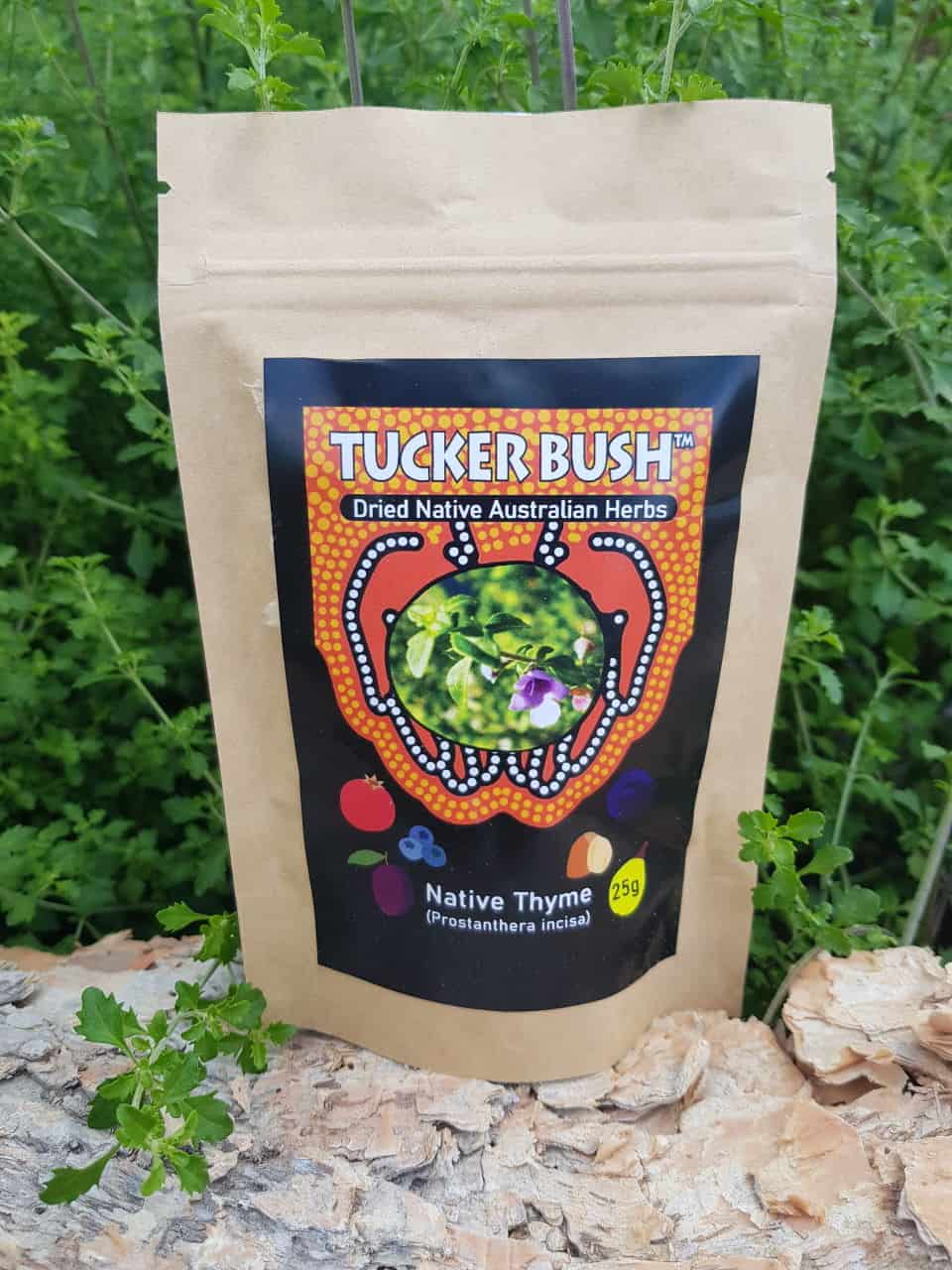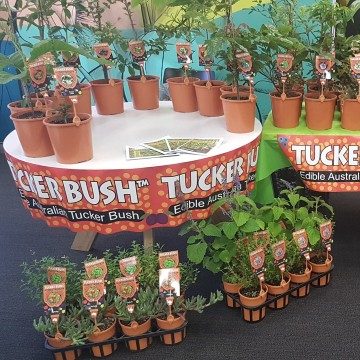Last month, bushfood lovers took to Facebook to tell us all about their favourite ways to enjoy native Australian produce. Here’s what we discovered, reading through comments left by our readers:
A Sweet Tooth For Bushfood
Sweet dishes were a clear favourite, with lots of cakes, desserts and sweet snacks seen across all the responses. We’re now wondering if it could be because bushfood flavours are tasted more distinctly in sweets.


For example, when you infuse shortbread or natural yoghurt with Lemon Myrtle, you get a strong sense of Lemon Myrtle’s intense citrus notes in the final product. Try Bindi Bindi Dreaming’s Lemon Myrtle Cake or Grzegorz Janecki’s Vegan Pavlova with Native Fruit to see what we mean.
Contrast this with savoury dishes like Federico Romele’s Gnocchi with zucchini lemon myrtle sauce with pepperberry , Melissa Palinkas’s Freo Octopus with Jambinu Zest and Mindy Woods’s Roast Eggplant with Native Succulents and Macadamia Cream. While strong bushfood flavours are present in these main courses, they form part of a bigger and more complex profile in service of the primary ingredient.
Could this be why we saw so many responses of delectable sweets like Strawberry Gum Turkish delight, Finger Lime & white chocolate cheesecake, Lilly Pilly pie with Lemon Myrtle infused yoghurt, and Kakadu Plum pavlova with Quandong purée cream? We might need to try making them ourselves to find out.
Lots Of Love For Savoury Dishes
That’s not to say savoury dishes languished! We saw plenty of love for the likes of kangaroo meat and sauces made with native edible plants.
Even when bushfoods don’t stand out in a meal, they still add interesting flavour dimensions that aren’t easily achieved with other ingredients. If you’re in the habit of adding white vinegar to your hearty stews, try substituting with some Jambinu Zest instead (you’ll need to experiment with quantities to suit your preferences). The Geraldton Wax’s tanginess will give the same more-ish lift, but with subtle differences in taste.
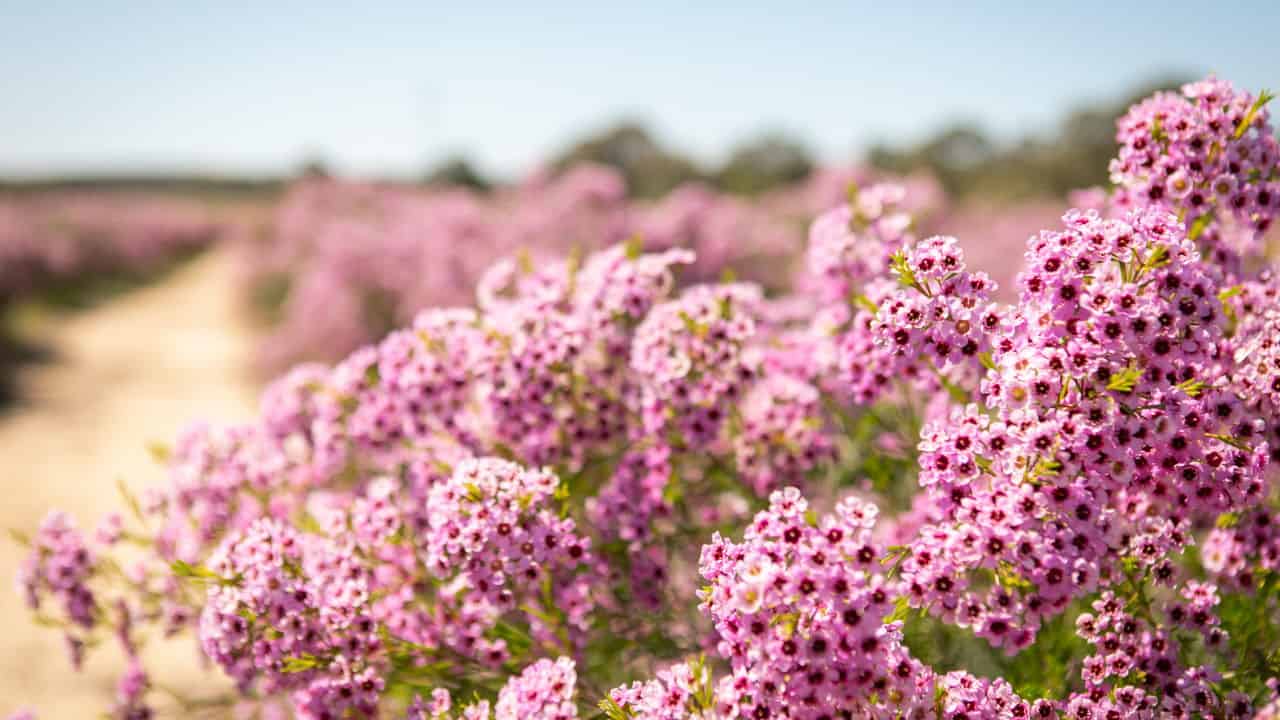
Of the savoury winners, the most beloved ingredient was the Bush Tomato, the English name for the Kutjera, though it also applies to several native edible Solanum plants related to tomatoes and eggplants. Recipe favourites included Bush Tomato gravy, curry with Bush Tomato, and Bush Tomato hummus — yum!
Note that many Solanum species are poisonous to humans, and even the edible ones can be unpleasant or harmful if not correctly prepared, or picked when unripe. As such, we DON’T recommend foraging or experimenting with different species unless you’re already familiar with the plants. For growing and cooking, look specifically for Kutjera (Solanum centrale) and follow any safety warnings that come with your purchase.
Tucker Bush News: Right now, we’re working on a new and improved Cooking with Bush Tucker recipe book. Watch this space or subscribe to our mailing list for updates!
Bushfoods In Drinks
Tea was the most mentioned bushfood drink, though it’s more correct to call them bushfood tisanes. Honourable mentions were tea made from Rosella calyxes, and chai made with Cinnamon Myrtle in place of conventional cinnamon.
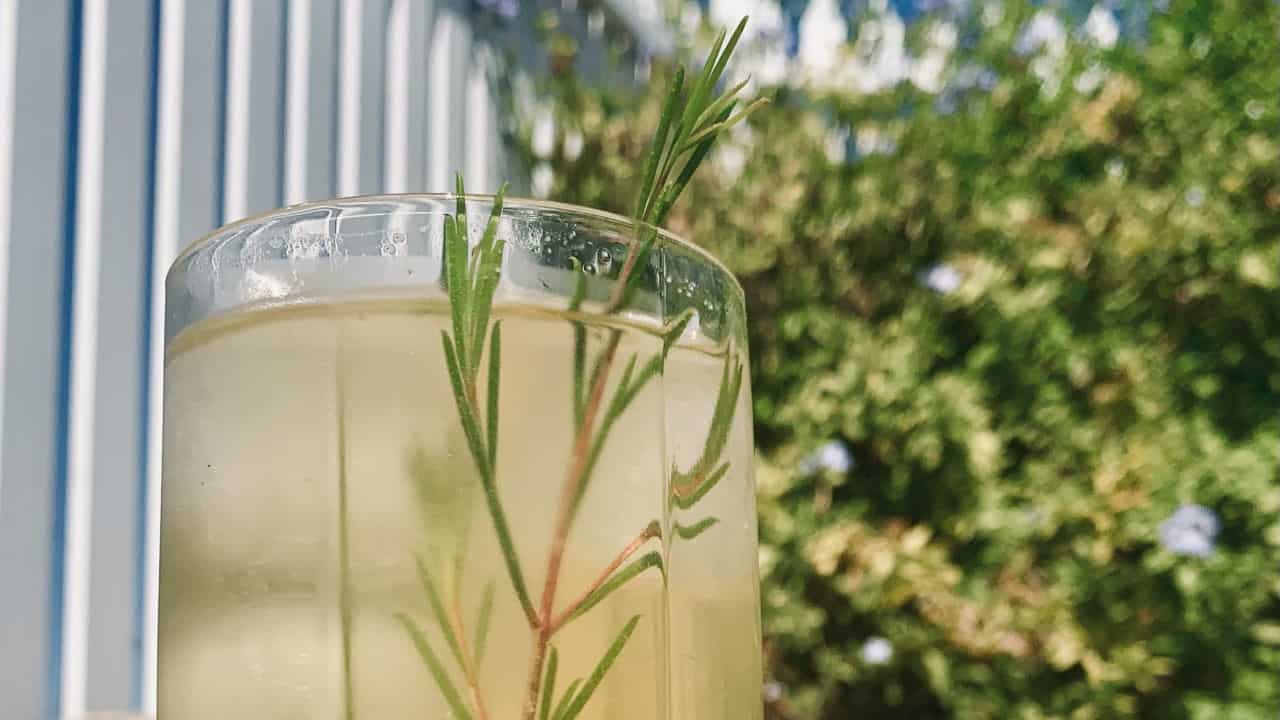
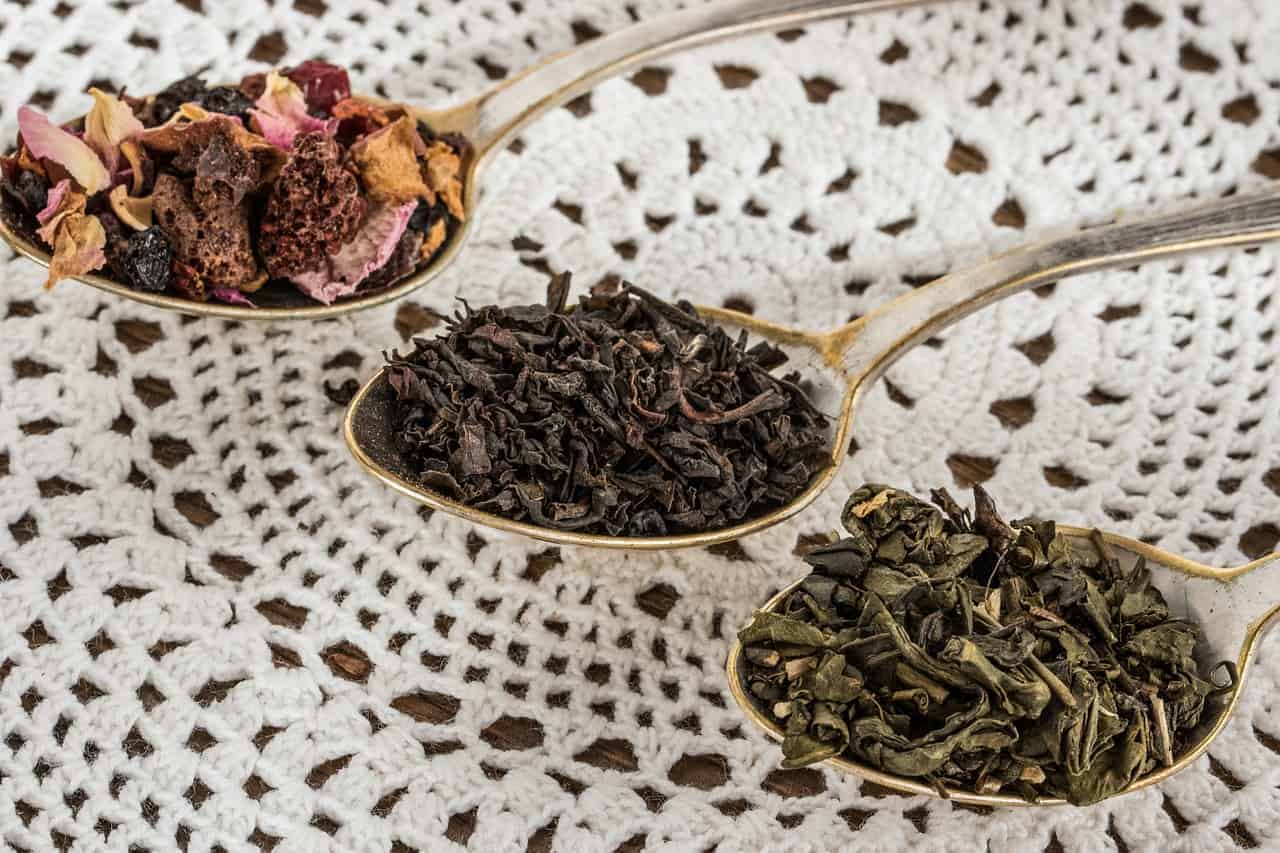
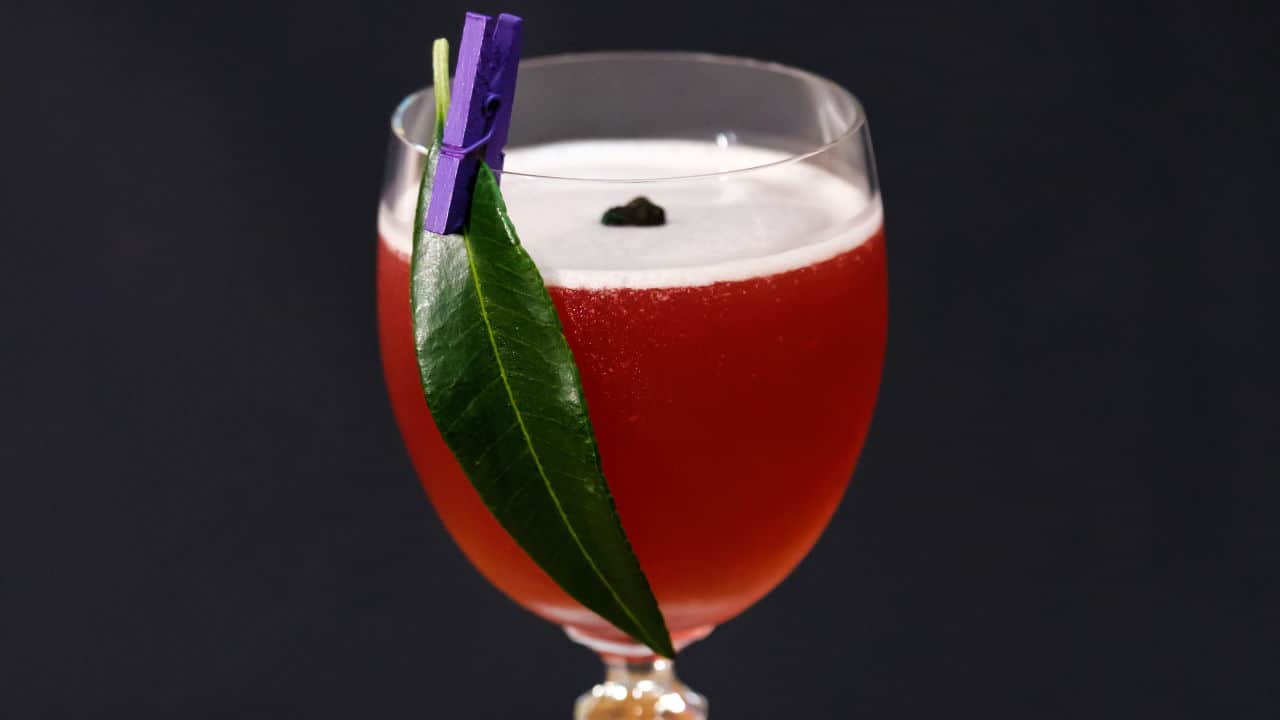
One of the easiest native tea recipes is Rohan Park’s Native Lemongrass and Honey Iced Tea, though many native herbs can be made into tisanes. Simply steep the appropriate plant part in hot water for 1–5 minutes, depending on the plant. Check out our Native Tea growing guide to learn more.
We can’t go without discussing one reader’s suggestion of Finger Limes in gin. It wasn’t clear whether they meant fresh Finger Lime pearls in straight gin, or one of the many bushfood-infused spirits on the market today, so we like to think it’s both. Check out our Bushfood cocktails blog post for a handful of recipes you can try at home.
Lemon Myrtle Takes Top Spot 🏆
Overall, the most popular bushfood among our readers was the Queen of Lemon Herbs herself, Lemon Myrtle. Coming a close second was Finger Lime.
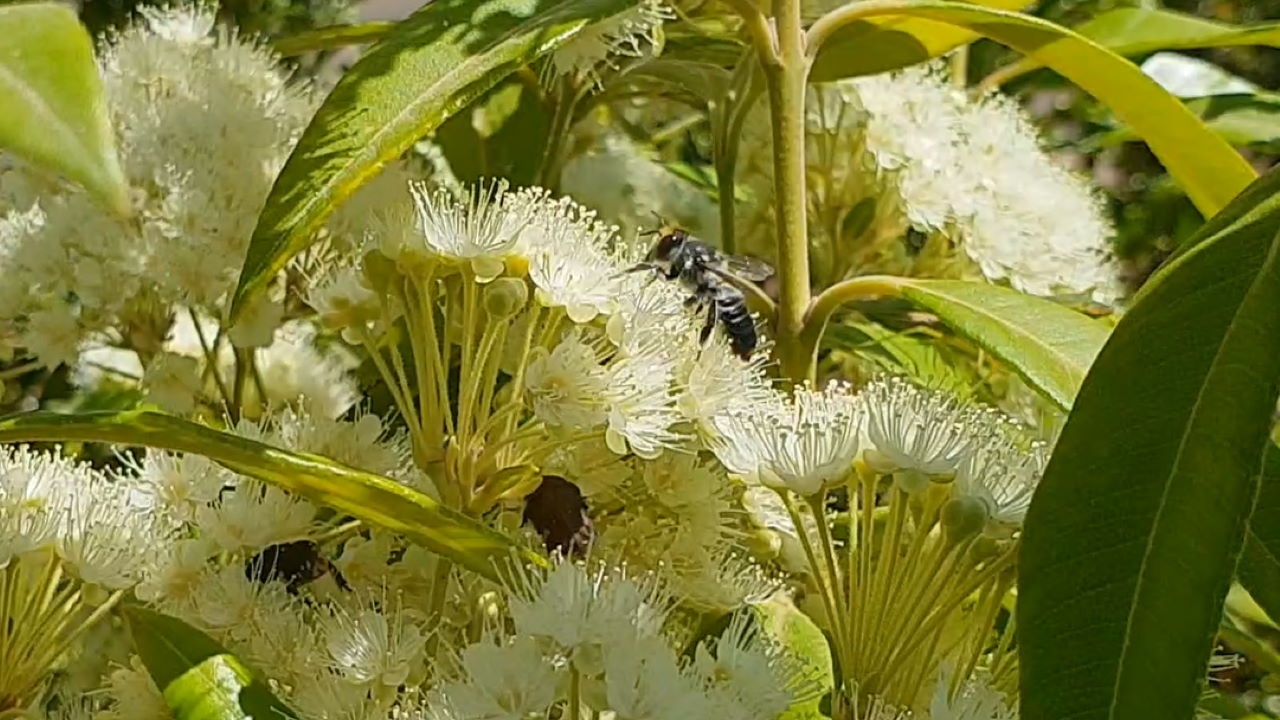
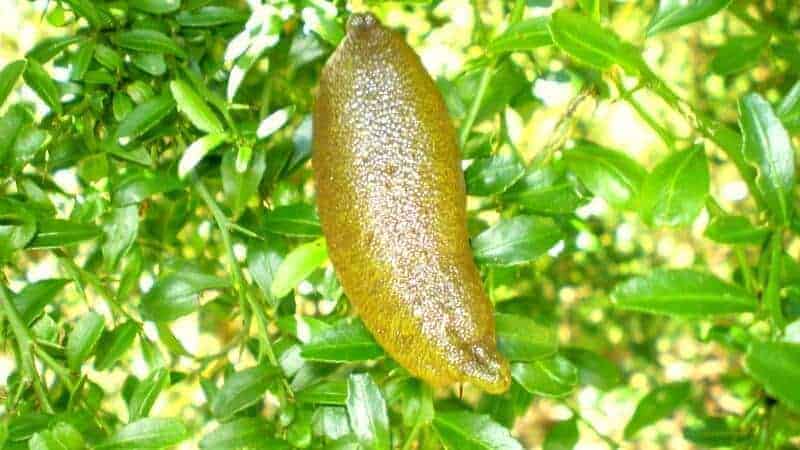
That said, we weren’t sure if this was down to pure preference or availability on the market. It’s getting easier to find Lemon Myrtle products in the supermarket, and Finger Limes have been seeing more publicity in recent years. Meanwhile, other flavour-packed ingredients like Old Man Saltbush, Strawberry Gum, Bloodroot, and Midyim Berries remain just one step short of the limelight.
This may highlight how helpful it is to share new bushfoods we come across, so our friends and family can continue discovering great Australian flavours that are still relatively hard to find.
Quick Mention: Chickweed (Stellaria media)
Finally, the most interesting bushfood suggestion we saw was Chickweed pesto.
Chickweed, specifically Stellaris media, is a Eurasian annual naturalised in Australia and other parts of the world. It’s a hardy groundcover that produces a lot of seeds, which contributes to its reputation as a weed.
Many gardeners don’t realise that Chickweed is edible, high in iron, and has medicinal properties. Herbalists around the world have long used chickweed in topical applications for skin conditions and other ailments.
If your garden’s clear of herbicides, and you can definitely identify edible Chickweed among your plants, try substituting your standard pesto basil for a few handfuls of this homegrown weed, and stirring through freshly cooked pasta.
A Growing Culture Of Australian Flavours
One reader gave a well-deserved shoutout to Wattleseed ANZAC biscuits they once tried on an airline flight. We were excited to learn that this was how they discovered a bushfood they now consider a favourite, and wonder whether anyone else on that flight might feel the same way. Could Wattleseed be a mystery favourite for someone on the other side of the world?
Besides Steve Irwin and Crocodile Dundee, what do people outside of Australia think about Australian culture, and how might bushfood flavours contribute to this? Some folks joke that Australian food means meat pies and beetroot in burgers, but how might this perception change if chefs placed bushfood ingredients on par with any other well-known exotic herb or spice?
Thank you to everyone who shared their best bushfood tips! We loved reading everyone’s responses, and most of all seeing the sense of community blossom among supportive comments and recipe requests. We reckon it speaks of the bigger culture of bushfood growing in Australia today.



